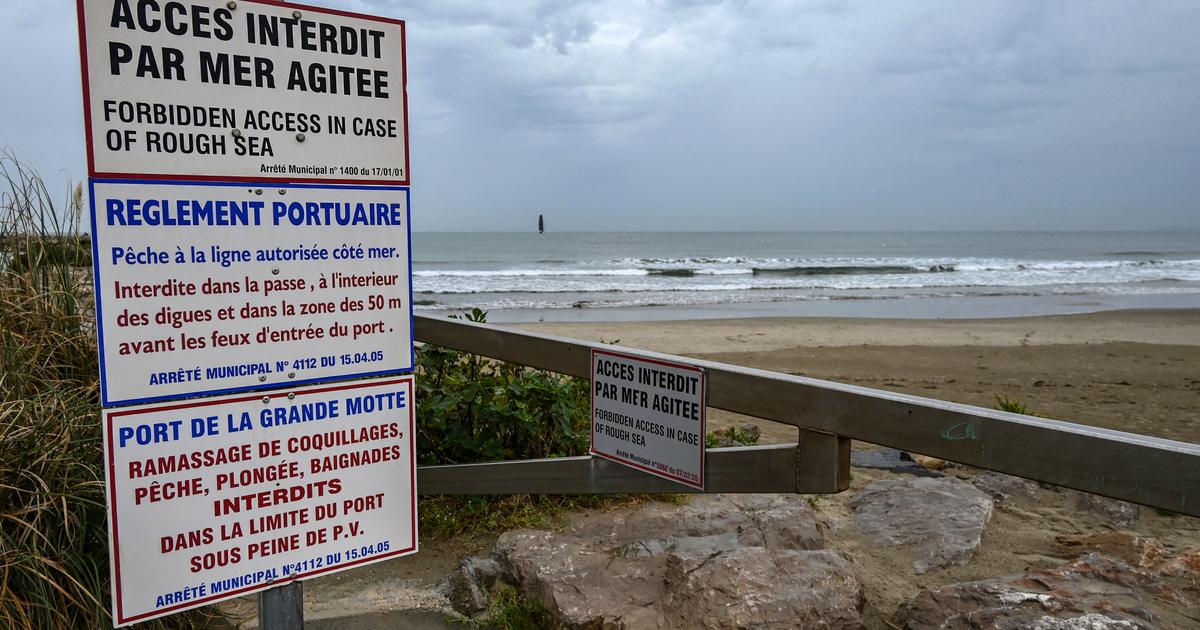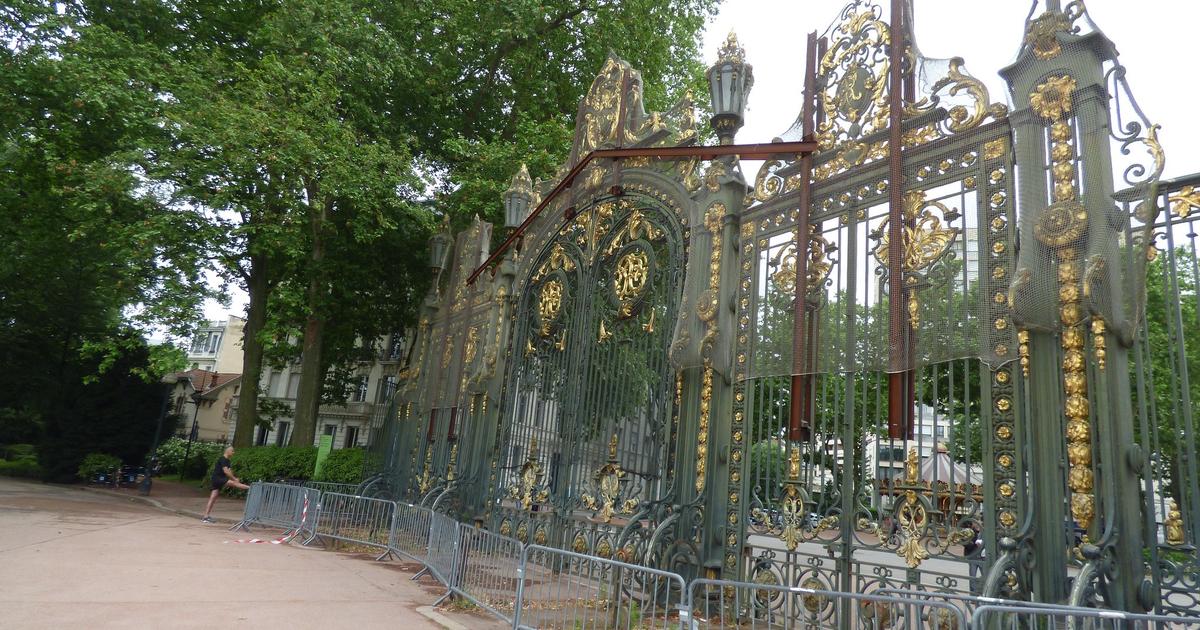In a world that is too small, discovering something new is a luxury. One of the most popular open secrets these days is an Atlantic enclave, blue, warm, with exotic accents: Essaouira. A still mysterious city, in the south of Morocco, parallel to Marrakech, but on the coast, away from the hustle and bustle of easy tourists. Paradise of winds, surf, forgotten beaches. And cats: I don't think there's another city on the planet with more kittens per square meter.
It seems that his time has come. For a few weeks there are direct low cost flights from Madrid (Monday and Friday, with Ryanair). But if you type in Google his name, what he finds will possibly be obsolete. The King of Morocco recently inaugurated the House of Memory in a nineteenth-century synagogue, a kind of city museum. It has also opened a handicraft center that has both a souk and ethnic samples. In the port, colossal works are being completed, and among the projects in the portfolio is converting the old Portuguese church into a museum or rescuing the superb palace of the sultan from the dunes. It's time to discover Essaouira.
More informationThe tanners' quarter, the Palm Grove and other reasons to fall in love with Marrakesh
This is a saying. Because some already discovered it a long time ago. In late 1969, Jimi Hendrix and a couple of friends went to relax, shortly before the big Woodstock rave that would go down in history as the greatest celebration of modern music. It was a short stay, but it marked the target for waves of hippies who came to take refuge in the dunes and undergrowth that still bury the sultan's palace on Dirat beach. They were not the only ones: The Rolling Stones, Frank Zappa, Bob Morrison or Cat Stevens made a pilgrimage at some point to this inspiring place. Perhaps to absorb the musical tradition of this mestizo enclave, where Berber gnawa music merges with the Andalusian heritage and a climate of spirituality that, as the song says "is on the air", is in the air.
Interior of the Jimy Hendrix café on Diabat beach in Essaouira, where the musician spent several seasons in the late sixties. Alamy
They can surprise traditional musicians in the streets or live performances in night clubs. But it is the big festivals that mark the season: in April, the Trade Winds Festival is celebrated. In June, the Gnawa Festival, the ancestral Berber music. In autumn, the Festival de las Músicas Andalusíes Atlánticas, which fuses local tradition with flamenco and the echoes of Jews and Moors expelled from Spain. And also in autumn, the MOGA, the largest electronic music festival in the country. Not to mention other sporadic or smaller jazz gatherings.
If music is now one of the hallmarks of the city, the cinema also soon noticed the purity of lines, almost cubist, and the vibrant color of its casbah as an ideal setting. Orson Welles shot here in 1948 his Othello, awarded at Cannes (the effigy of the filmmaker can be seen sculpted at the door of the Pabst hammam in the Jewish quarter, which Welles frequented). Oliver Stone shot scenes from his Alexander the Great (2005). Ridley Scott did the same with The Kingdom of Heaven (2005), and among many other recent titles filmed here are the Spanish film Lope, the series Game of Thrones (the sea walls gave life to Astapor, the city of slaves) or John Wick 3.
Historical singularity
Of course, all musicians and filmmakers did was, as the saying goes, discover the Mediterranean. That the Phoenicians and, later, the Romans had already discovered centuries ago: both drew from some shells (murex) the precious purple color; still on some maps the islets escorting Essaouira are listed as the Purple Islands. When the Portuguese, in the sixteenth century, established trading posts along the coast of Africa, they called this place Mogador, a name it still bears in command. Shortly before the Portuguese, Sephardim or Jews expelled from Spain had landed, followed later by the Moors, who merged with the Berber and Arab population.
One of the streets of the medina of Essaouira, with the minaret of the mosque of Sidi Ahmed in the background. Alexander Cimbal (Alamy)
But the unique thing about Essaouira among the cities of Morocco is that it was refounded, or remade, in the middle of the Age of Enlightenment, the XVIII. Sultan Mohammed Ben Abdallah commissioned one of his prisoners, the French architect Théodore Cornut, in 1765 to design a "modern" city drawn by string. That is why this city does not resemble the capricious and variegated medinas of the Arabs, but has a certain European air, with well-drawn streets: that means Essaouira in Amazigh (the Berber language), "the well drawn". Just five years later the port was opened to maritime trade, encouraged by the flow of the trade winds.
An enclave, then, mestizo, always marked by the sign of trade. The trade winds that caress these coasts are called in English trade winds, the winds of commerce. From the deep south, the region of Niger and Timbuktu, came the caravans loaded with gold, salt and slaves. Some diverted to Dakar, others continued to Marrakech, Fez and the imperial cities. In the center of the medina of Essaouira, framed by four cardinal doors, two large symmetrical squares open, where once stood the caravanserai. One of them now houses small shops and restaurants, the other houses the fish market.
In the years of splendor —before the economic capital was moved to Rabat—, it came to have forty synagogues, five mosques, a Catholic church (Portuguese) and a Protestant chapel. There are now 28 mosques, and the historic synagogue of Simon Attia, from 1892, has become the House of Remembrance. The Moroccan Constitution of 2011 recognizes Jewish and Berber cultures as part of the memory of Morocco.
Andre Azoulay, advisor to the King of Morocco, in the courtyard of the Bayt Dakira Museum (House of Memory), located in the Jewish quarter of the historic center of Essaouira. FADEL SENNA (AFP/GETTY IMAGES)
The historic center of Essaouira, declared a World Heritage Site by UNESCO in 2001, includes the medina, the mellah or Jewish quarter and the Kasbah, whose walls, protected by cannons cast in Amsterdam and Barcelona, extend to the port. The Portuguese built two massive towers and a monumental gate to protect it. In its surroundings small tabancos are installed to sell the fish that does not go to the fish market. Clouds of seagulls compete in numbers with sleepy cats and small gift shops, spices and salutary herbs, honeyed sweets, clothing and artisan objects.
The beach is immense. More kitesurfers than bathers, and more terraces than people soaking. Hotels and riads are arranged discreetly on the other side of the promenade. In front of the sand there is an uninhabited island, with an abandoned mosque and an old prison. Only seagulls and Eleonora's rare falcons visit its mists. The city of Essaouira itself was an island, until the tidal sands welded it to the mainland. Beaches and dunes are a paradise for surfers, quads, horses and camels for tourists, and extend to a luxurious golf resort that exceeds the size of the city.
Kitesurfers on the beach of Essaouira. Szymon Barylski (ISTOCKPHOTO / GETTY IMAGES)
Further south lie other secrets. Nearby, less than 25 kilometers away, the winery of the Domaine du Val d'Argan; Just a few meters from it, the cooperative of women who peel and grind argan nuts to make an oil that yields more in cosmetic uses than food. Further afield, the virgin beach of Iftane, or that of Tafedna, about 50 kilometers away, where cows sunbathe; the weekly markets of Ida Ougourd or Had Draa and its oasis; Bith Moun Cave; the river and waterfall of Sidim M'Barek, protected by a giant dune... Anyway, let's not wait to go to the cinema to discover the magic of Essaouira.
Subscribe here to the El Viajero newsletter and find inspiration for your next trips on our Facebook, Twitter and Instagram accounts.

/cloudfront-eu-central-1.images.arcpublishing.com/prisa/ATQYHQEKPVHB5BM3CECKC2ULYM.jpg)













